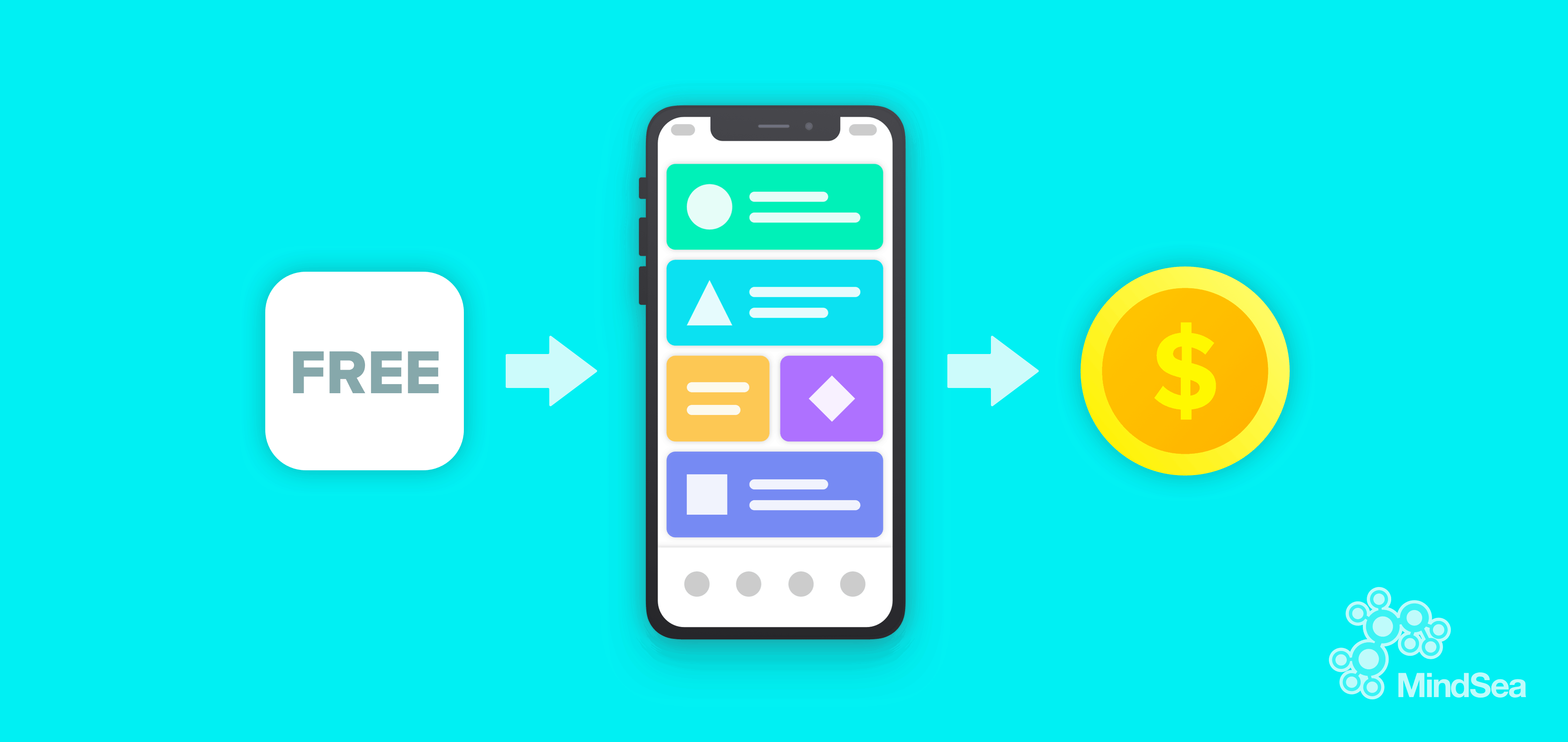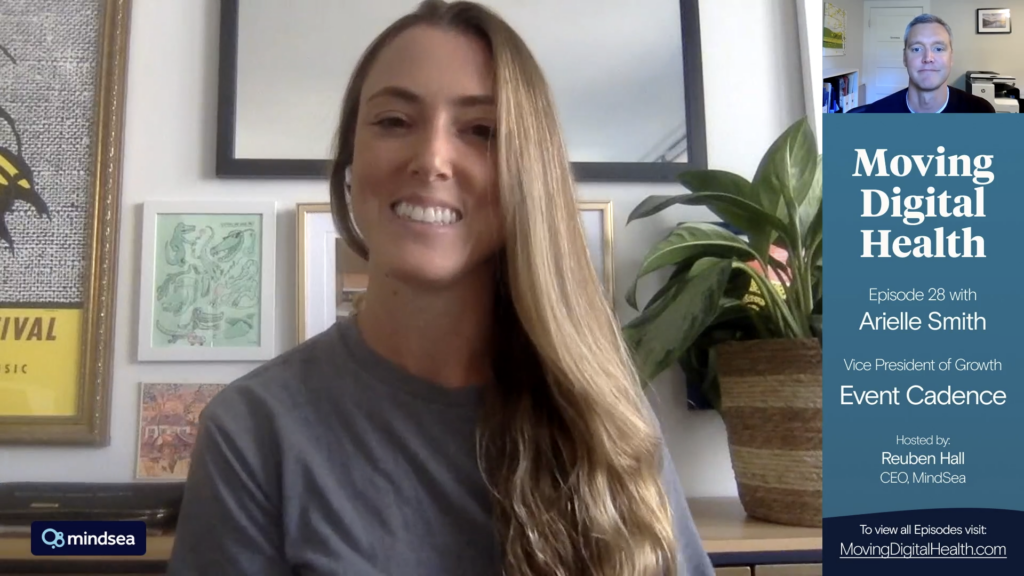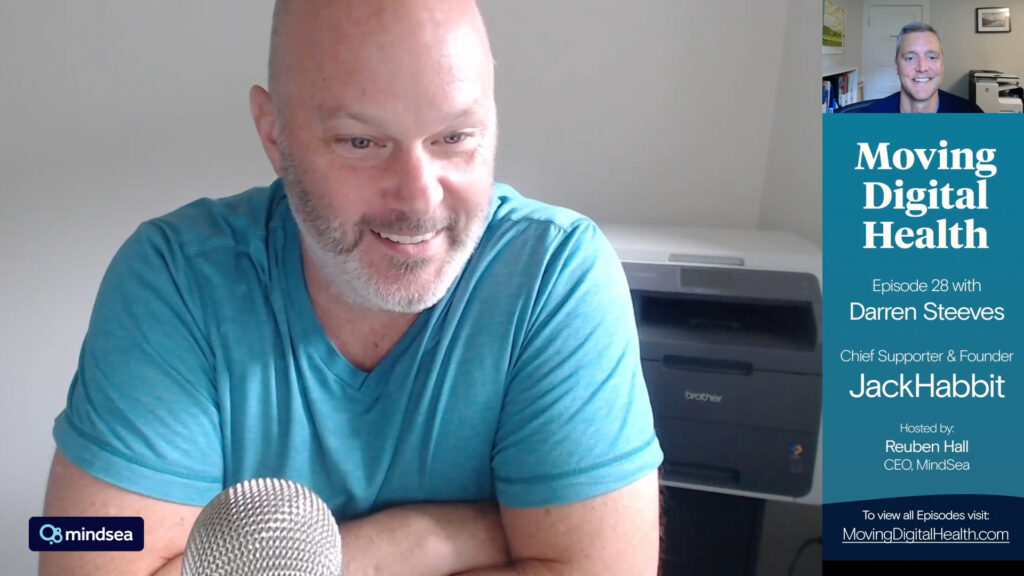At any given time, there are typically 4 to 5 million apps available for download from the Apple App Store and Google Play Store.
Of those 4 to 5 million, the majority are free to download.
Free? Yes, free.
Considering the capitalistic society that we live in, you have to wonder: How do any of these companies make money?
Believe it or not, free apps can actually generate A LOT of money for your business.
As we wrote about in our post How Do You Monetize A Free App In The App Store?, free apps essentially make money in the following two ways:
- In-app advertisements
- In-app add-ons, purchases and upgrades
Simple enough, you might think. But those two approaches aren’t right for every company, and they can be employed in many different ways.
In this post, we show you how six different apps have successfully leveraged a free pricing strategy, and how to translate their tactics to your own app.
1. The Facebook-Owned Global Powerhouse: WhatsApp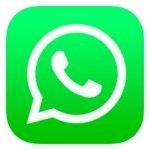
One of the most popular apps in the world in terms of active users, WhatsApp is a messenger app that connects the world using only the internet. It offers a service that wireless providers just cannot compete with. And it’s all free.
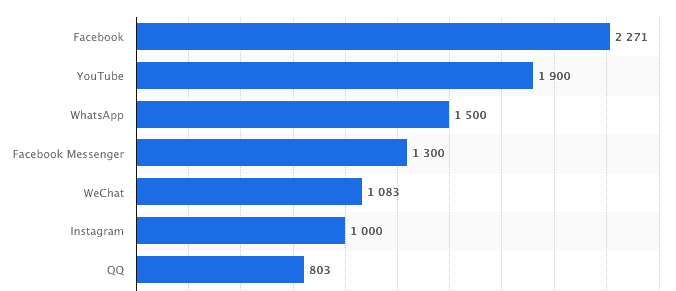
How It Makes Money
Unlike its competitors, WhatsApp is not monetized in either of the ways we mentioned above. In fact, it’s not monetized at all. So … does it actually make any money?
In the past, WhatsApp made money by selling the app for $1 to some users and charging others $1 after the first year. Probably recognizing the confusion created by this non-uniform approach, the company officially scrapped that model in 2016.
Despite originally charging some users, WhatsApp has maintained incomparable growth since its launch. Here’s what its first four years on the market looked like:
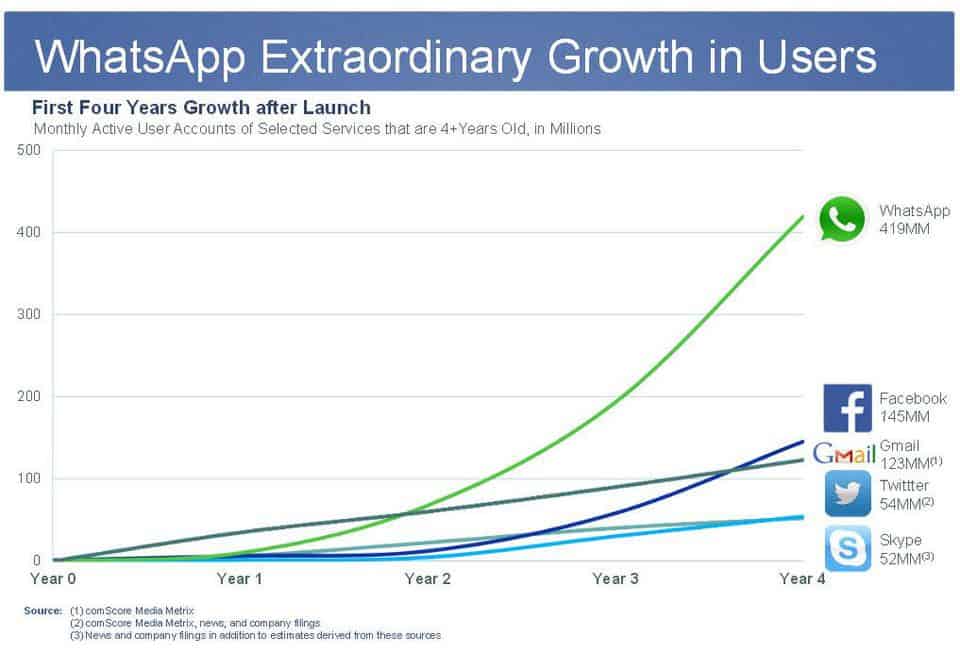
Graph source: https://www.forbes.com/sites/gordonkelly/2014/02/20/5-key-reasons-whatsapp-is-worth-19bn-to-facebook/#40adecf360d9
This insane growth (which continues today at a rate of 1 million new users per day) is almost certainly in part why Facebook valued the messaging app at $19 billion—the amount they purchased it for in 2014. Now, in 2019, the app still attracts consumers and small businesses by charging zero fees and showing zero advertisements.
Any revenue WhatsApp is pulling in probably comes from its Business API offering, which allows mid- to large-size businesses to maintain a profile and communicate with their customers. There are talks, however, about Facebook also opening up the messenger app to advertisers starting as early as this year.
What We Can Learn From This
WhatsApp is the perfect example of an honest-to-goodness free app. This is a rare pricing strategy that not all businesses can afford to adopt, but for Facebook, it’s kind of a no-brainer given the long-term potential.
Think of the data that’s piling up from the billions of messages being sent around the world every single day. Think of the groundwork that’ll already be laid should Facebook eventually choose to capitalize on the advertising potential.
Facebook is not dumb.
On the other hand, Facebook is also not poor, and they really don’t need to monetize WhatsApp right now—they can leave it be and continue raking in billions in ad revenue from their core platform.
The value of WhatsApp to Facebook may simply be the community of users that are enjoying the service. Adding an app to your offering for no other reason than to elevate the customer experience is not a bad idea… if you can afford to do so. Understandably, not every company is of the same magnitude as Facebook (in terms of size and revenue), and therefore couldn’t reasonably take advantage of such a luxury.
2. The Reason We Never Get Lost (Or Go Hungry): Google Maps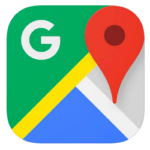
Google is another company that has its sights set on the future.
Its 2013 acquisition of the free navigation app Waze is one example. While some considered the purchase a strange move, Google knew that the social data it could mine from the app would be invaluable.
But unlike WhatsApp and Waze, Google’s own mapping tool is actually monetized, giving the company even more flexibility to think long-term.
How It Makes Money
Whereas some apps have only one revenue stream, Google Maps has several money-making avenues:
Advertising
The app pulls in ad revenue in two ways: promoted pins and local search ads.
In Google Maps, you’ll see colored pins marking nearby businesses—a fork and knife to signify a restaurant, a bed for a hotel, a shopping cart for a grocery store, etc. But if a company opts for promoted pins, their brand logo shows up instead of the generic pin, like the Denny’s in the screenshot below. You mainly see promoted pins in bigger cities where there are so many businesses competing for consumers’ attention.
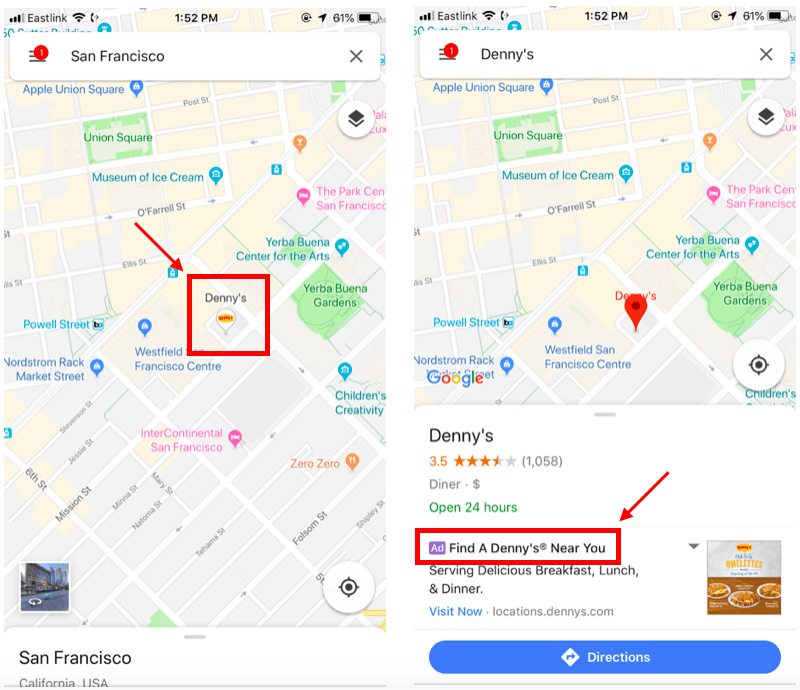
Local search ads boost a business to the top of the Google Maps search results, increasing its visibility. Advertisers can even list special offers and product inventory right in the search results.
A cool added benefit to local search ads: Google can actually trace whether a user visited a business after clicking its ad.
Google Maps APIs
Google Maps also brings in money by allowing businesses to use its development platform to create customized map experiences. There are three types of Google Maps APIs:
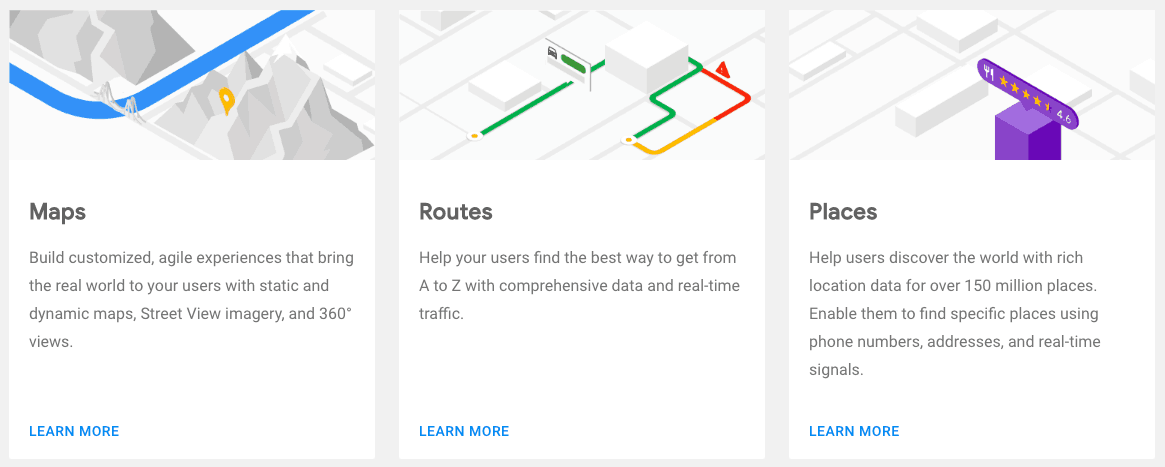
What kind of apps take advantage of these APIs? Think about the on-demand apps you regularly use: Uber, Postmates, TaskRabbit… they all use map functionalities borrowed (that is, bought) from Google Maps.
Partnerships
Did you know that you can order food directly through Google Maps? Yep—the platform integrates with third-party services so that you can place an order without leaving the app.
Likewise, you can find an available Uber or Lyft in your area via Google Maps, and it will automatically direct you to the ridesharing app to book.
AR Ideas For The Future
Google execs have big plans for the future of Maps, which includes some augmented reality upgrades. For example, picture the details of nearby businesses appearing on your phone screen as you walk down the street—much like Pokémon appear as you move around in Pokémon Go.
What We Can Learn From This
Google Maps users expect to see detailed information about businesses and other points of interest. That’s why they opened the app in the first place—to locate a business, figure out how to get there, find the hours of operations, etc. And if a coupon or discount pops up while they’re at it, that’s an added bonus.
Google ensures that its Map ads are a natural, even welcome part of the user experience. If you want advertising to be part of your app monetization strategy, try to enhance the customer experience, rather than bombarding users with intrusive, irrelevant ads.
3. The Game We Can’t Get Enough Of: Candy Crush Saga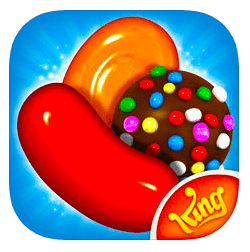
Many gaming apps drum up an impressive amount of revenue despite being offered for free. Take a look at the following data from SensorTower:
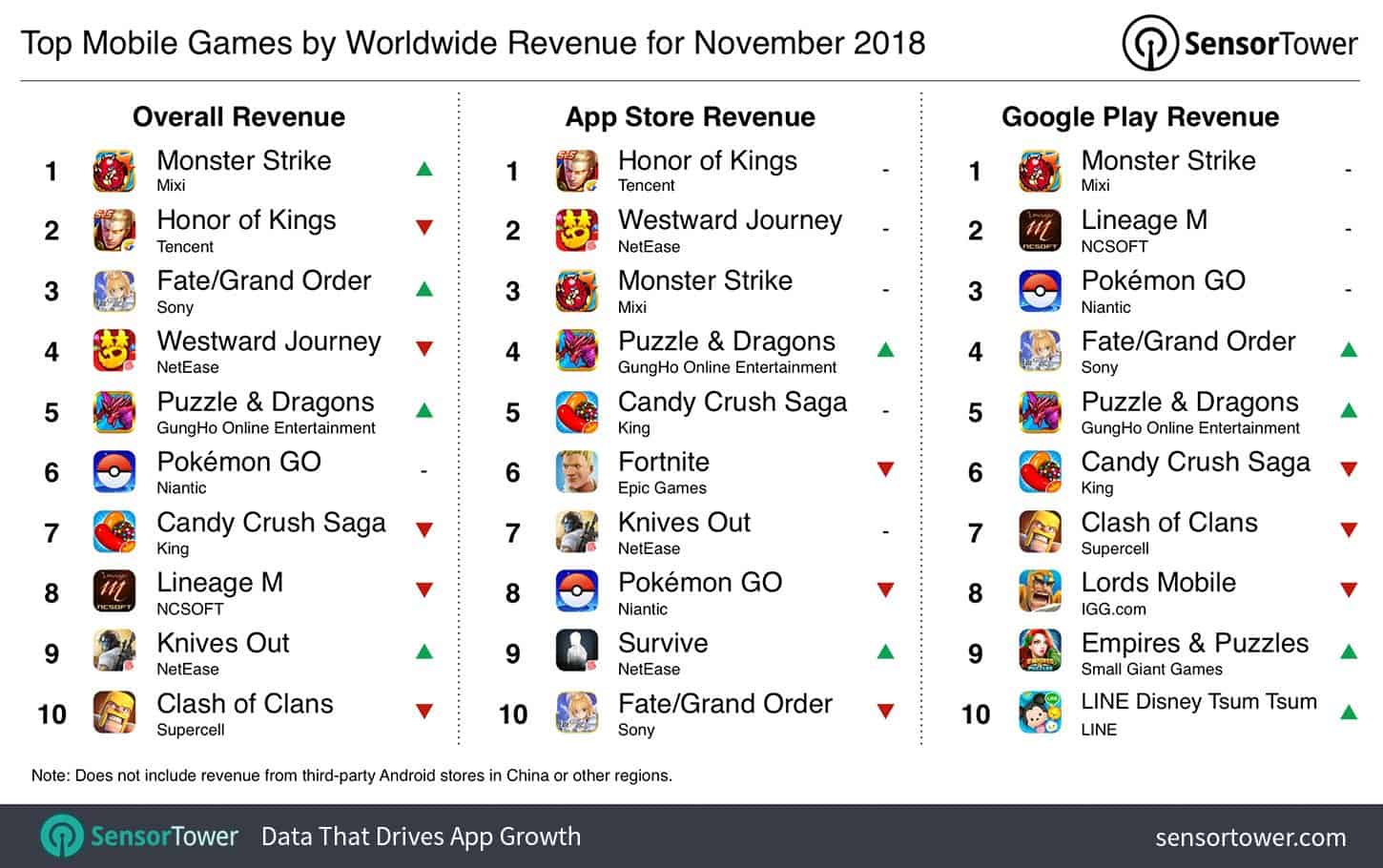
Source: https://bgr.com/2018/12/17/app-store-netflix-top-revenue-apps-2018/
Here’s what you can’t tell from that graphic: All 10 of the top grossing mobile gaming apps across app stores (see the “Overall Revenue” column) are considered free—well, sort of…
They’re free to download, but they actually fall into the freemium category. To get the best overall experience, users can opt for add-ons and upgrades—for a fee. That’s how Candy Crush makes its millions.
How It Makes Money
As of this year, not only is Candy Crush Saga continuing to kill it from a mobile app gaming standpoint, but the app is one of the top 10 highest grossing apps across all categories in both the Google Play Store and the Apple App Store.
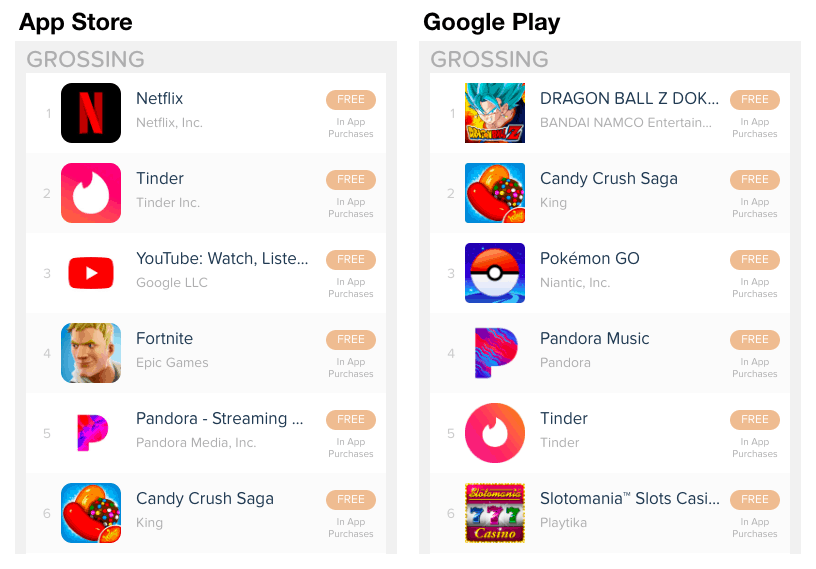
*Data from App Annie on February 21, 2019
As mentioned, Candy Crush Saga makes its money from in-app offerings including boosters, extra lives and more spins. There has been plenty written about why players are obsessed with matching candy—for one thing, the game has the same addictive qualities as a slot machine—but the bottom line is that the app is designed to encourage perpetual spending on these app extras, and it succeeds.
Still, you don’t have to buy the in-app boosters in order to play, so the fact that King, the company behind the app franchise, still generates nearly 3 million dollars per day from in-app purchases is crazy!
In fact, King is making an average of $3.9 million every day from its three Candy Crush apps (the original, plus Candy Crush Soda Saga and Candy Crush Jelly Saga).
As an alternative to paying, users regularly have the option to watch video ads to gain boosters—another source of revenue.
What We Can Learn From This
Candy Crush became one of the top-grossing apps by developing a simple product that keeps its audience coming back.
King is adamant that its Candy Crush apps will remain true to their niche in the casual gaming category, and this has inspired loyalty among their core users. While there will always be people who are content to enjoy a free app with limited features, there will always be others who are willing to pay for an enhanced experience.
Catering to multiple user preferences is a good way to monetize your app without losing customers. And once you’ve found something your users love, stick to it.
4. How Every Team Begins Its Day: Slack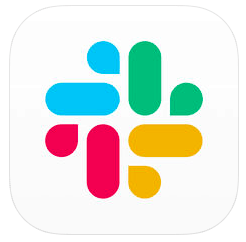
Slack is a rare unicorn in the startup world. Since its launch in 2014, it has become a leader in the SaaS community and the poster child for growing a tech company the right way.
How It Makes Money
Slack got its start originally as a gaming product that gradually morphed into a communication tool. The company behind Slack, raised a significant amount of investment capital in the months and years immediately following launch. This was due in large part to its freemium pricing model, along with the draw of its founder, Stewart Butterfield, who had already launched and sold another successful company, Flickr, years prior. The quick growth and high valuations made the company attractive to more investors, and many large companies signed up to use the service.
Organizations can use the Slack app for free, but companies that require a bit more flexibility and support can pay a premium for those services.
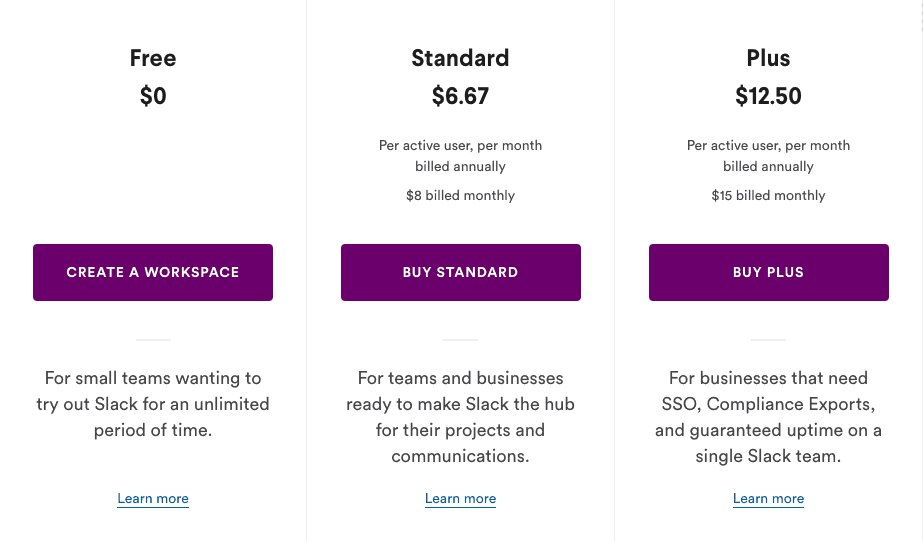
Source: https://slack.com/pricing
Last year, Slack reported that it has 8 million total customers—3 million of whom are paying. Their model is different than those of other SaaS companies in that organizations only pay for team members who actively use the app. If there’s no activity for a certain period of time, there is no charge.

Slack also generates revenue through third-party partnerships. And early on, the company encouraged these partnerships by reinvesting much of the capital it raised into other startups who offered to create new integrations for the Slack platform.
What We Can Learn From This
Like King, the Candy Crush maker, Slack has learned the value of catering to the needs of different kinds of users. Slack’s core customers are businesses—but businesses of every size. Large companies expect to pay, and they’re likely willing pay a significant amount. Individuals and smaller teams, on the other hand, have to be more cautious about their spending and expect a lot more value in return.
So Slack has decided that tiered pricing will serve the company and its customers best long-term. The app runs on revenue from its largest customers, reinvests much of that into strategic partnerships, and is able to serve the rest of its customers for a smaller fee, or none at all.
When determining the right pricing strategy for your own business, consider what your customers are willing to pay for—and how that might differ from user to user.
5. The Resurfaced Music App: Pandora
When you think of music streaming services, Pandora is probably not the first one that comes to mind anymore. That said, it’s consistently one of the top grossing apps in both app stores (look back at that graphic above)—despite remaining exclusive to users located in the United States.
How It Makes Money
According to Fiscal Today, as of February 2019, Pandora has 250 million registered users. In its early days, the app attempted to charge users an annual fee after they used up their allotted free streaming hours. A few years later, the company’s monetization strategy shifted to paid advertising.
These days, Pandora’s pricing approach is similar to that of Spotify and Apple Music. It offers:
- Pandora (radio with ads) – Free
- Pandora Plus (no ads, unlimited skips and replays, and limited offline listening) – Monthly or annual fee
- Pandora Premium (no ads, unlimited skips and replays, unlimited offline listening, ability to create playlists) – Monthly or annual fee
Advertisements (in banner, video and audio format) are targeted based on user data. Users of the free service only have to deal with one minute of ads, at most, per hour of listening.
While its ticketing service didn’t last long, Pandora also makes money in the auto industry by installing its service in many ready-to-own vehicles. And talks for the future have Pandora on a quest to further infiltrate the podcasting market.
What We Can Learn From This
If you’re considering a pricing strategy or revenue stream that you’re unsure of, test it, evaluate the results and move on. More important, do your homework. Consumer preferences and buying habits change often, but if you know your industry well enough, you should be able to launch with a pricing strategy that makes sense. By analyzing competing apps, researching the market and talking to potential users, you can prepare yourself upfront to avoid choosing a pricing strategy that really won’t connect with your audience long-term.
6. Where the World Goes For Inspiration: Pinterest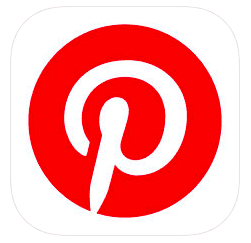
Pinterest is an online scrapbook-meets-vision board where users can find inspiration for everything from cooking to travel to fashion to party planning and more, all in the form of pinned images. The pins connect users to external sites, making Pinterest a dream social network for product-based companies.
How It Makes Money
According to Investopedia, Pinterest generated over $700 million in paid advertising profits in 2018. This is the company’s primary revenue generator.
What’s special about Pinterest’s “promoted pins” is how seamlessly they’re integrated into the aesthetics of the site. Companies pay to have their pins targeted to users based on search data and audience demographics. The promoted pins look so similar to the pins that organically appear in search results that they don’t interrupt the user experience.
Some pins are also buyable, meaning users can make purchases directly from the platform. Pinterest integrates with payment services like Stripe and Braintree and ecommerce sites like Shopify and Salesforce to make this possible.
What We Can Learn From This
Users always come first. On Pinterest, advertising blends in nicely with the app experience. Consumers, businesses and the app all benefit. No consumer pays to use the tool, and businesses pay Pinterest to make their pins reach the right people faster.
Bringing It All Together
The apps in this list may be free, but they’ve been able to sustain that free price tag by coupling it with additional revenue streams or lines of business.
Moral of the story: Free apps can make money!
All six companies in this post have done extensive research to understand who their target audience is and what they like. As these companies have grown, they’ve remained true to their core products and services. You don’t need to continually reinvent the wheel in response to ever-changing customer preferences. Instead, invest in technology upgrades, software updates and new product lines—without forgetting how your app got its start.
For more ways to monetize your mobile app, check out Everything There Is To Know About Pricing Strategies For Your Mobile App.
